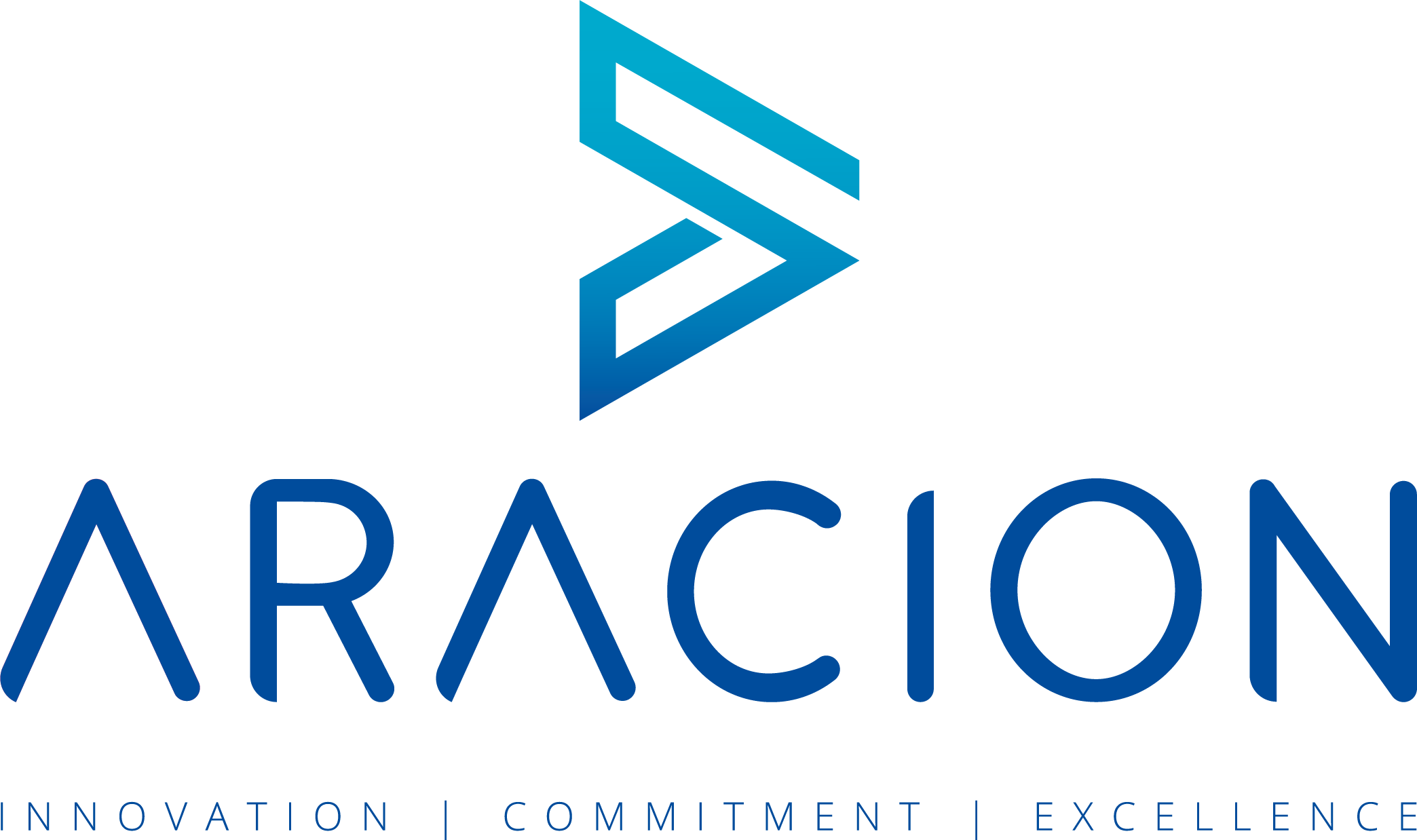
In today’s business landscape, leveraging cloud solutions has become pivotal for organizations aiming at agility, scalability, and efficiency. As businesses transition to the cloud, the need for comprehensive IT solutions tailored to navigate this digital terrain is crucial. In this exploration, we delve into the world of cloud solutions, unravelling the layers of innovation, security, and efficiency that define a robust IT strategy.
The Cloud Revolution

Moving to cloud computing represents a significant shift in how businesses manage their IT infrastructure. It goes beyond technology, transforming operational models towards agility and scalability. Cloud solutions empower organizations to store, process, and access data and applications over the internet, fostering collaboration, innovation, and cost-effectiveness.
Core Components of Cloud Solutions

Comprehensive cloud solutions encompass Infrastructure as a Service (IaaS), Platform as a Service (PaaS), and Software as a Service (SaaS). IaaS provides virtualized computing resources, allowing scalable infrastructure without physical hardware. PaaS streamlines application development and deployment, reducing complexities. SaaS delivers software applications over the internet, eliminating the need for local installations.
Scalability and Flexibility

Scalability is a hallmark of cloud solutions. Businesses can scale computing resources based on demand, optimizing performance without over-provisioning. This flexibility is advantageous for fluctuating workloads, enabling organizations to adapt their infrastructure to evolving requirements.
Flexibility extends to cloud models, offering options for public, private, or hybrid clouds. This adaptability is valuable for organizations navigating diverse regulatory landscapes or managing sensitive data.
Innovation and Agility

Cloud solutions foster innovation by providing a platform for experimentation and rapid development. On-demand resources facilitate quick provisioning, allowing businesses to test ideas, applications, and iterate rapidly. Collaboration is enhanced as teams across locations seamlessly access the same tools, fostering creativity and speeding up innovation.
Security at the Forefront

Security is paramount in any cloud strategy. Cloud service providers invest in robust security measures, including encryption, access controls, and regular audits. Organizations must actively participate in securing their cloud infrastructure through access controls, data encryption, and continuous monitoring.
Data Governance and Compliance

Comprehensive IT solutions in the cloud prioritize data governance and compliance. Cloud environments adhere to industry regulations, ensuring the protection and privacy of sensitive information. This not only mitigates legal risks but builds trust with customers.
The Role of Managed Services

Navigating cloud complexities requires expertise and management. Managed service providers (MSPs) offer services like monitoring, maintenance, security, and optimization. MSPs bring specialized knowledge, allowing businesses to focus on core activities while entrusting cloud management to experts. This partnership model is particularly beneficial for smaller enterprises lacking in-house resources.
Conclusion: A Future-Forward Approach
Comprehensive IT solutions in the cloud are not just a technological shift but a strategic necessity. From enhancing agility and scalability to fostering innovation and ensuring robust security, the benefits of a well-crafted cloud strategy are far-reaching.
As organizations forge ahead, embracing the transformative power of cloud solutions becomes essential. By aligning with the core tenets of cloud computing, organizations unlock possibilities, drive efficiency, and position themselves at the forefront of technological innovation. In this era of digital evolution, the cloud is not just a destination; it’s a journey propelling business towards a future of unparalleled possibilities.


